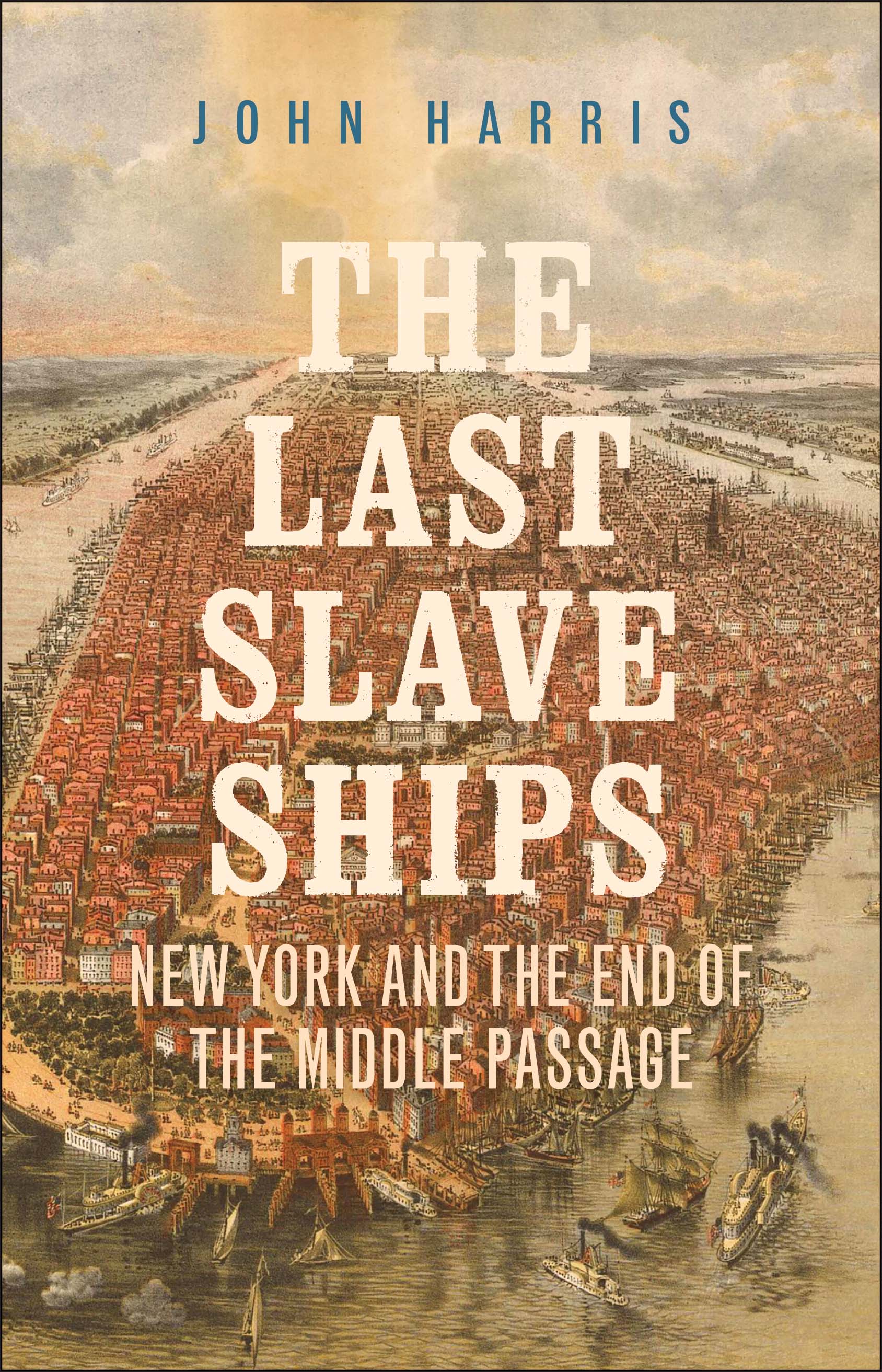What do you think?
Rate this book


312 pages, Hardcover
First published November 24, 2020
“By the end of the 1850s…New York, especially had cemented its position as one of the chief slave trading cities in the world.”They exploited laws outlawing the entering of American-flagged ships from foreign powers, which kept a fleet of British naval ships devoted to stopping illegal slave ships through, from boarding suspected slaving ships. While the ships were not exclusively American registered, they were often state-of-the-art schooners built in the U.S., considered to be the best, most maneuverable ships of their time, that were bought through third-parties that were intended for the slave trade. American shipbuilders generally knew what they were doing as they profited. At the end of voyages, after the human cargo was smuggled into Cuba, the ships were often burned and scuttled to hide evidence. Americans largely kept a blind eye to this practice going on right under their noses. American wives of slave traders lived in the upper echelons of society. Enough people profited to keep quiet about the ugly business that fed their lifestyles.